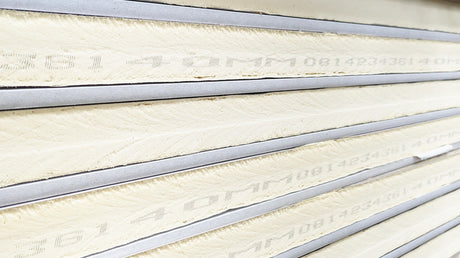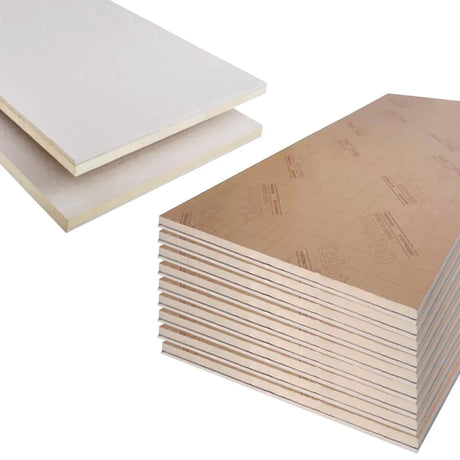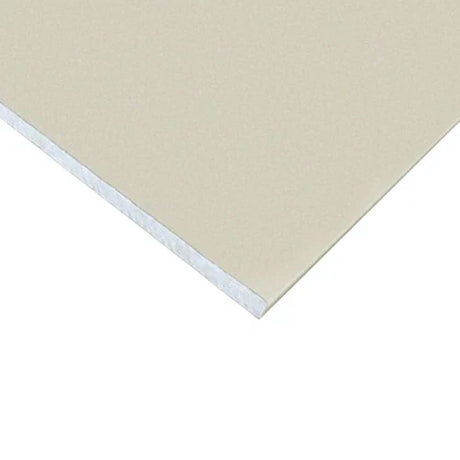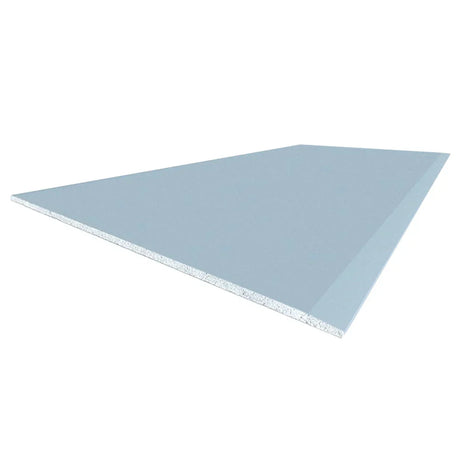MDF skirting boards and architraves not only accept paint beautifully but can achieve superior painted finishes compared to natural timber alternatives when properly prepared and finished. Following professional methodologies transforms basic MDF components into flawless painted features enhancing overall interior quality through meticulous preparation and application techniques.
The preparation phase creates the essential foundation for exceptional results regardless of paint quality or application technique. Begin by thoroughly inspecting all MDF surfaces for manufacturing defects, minor transit damage, or fitting marks requiring attention before painting processes commence. Fill any nail holes, minor dents or board joints using quality decorators' caulk for flexible areas (like corners or material interfaces) or dedicated MDF filler for deeper repairs within board faces. Products from manufacturers like Everbuild, Ronseal or Polycell specifically formulated for MDF provide superior adhesion compared to general-purpose alternatives potentially offering inadequate bonding with MDF's specific surface characteristics. Allow fillers to dry completely according to manufacturer recommendations (typically 2-4 hours depending on depth and environmental conditions) rather than rushing subsequent stages potentially compromising repair durability despite apparent surface drying without complete curing potentially causing subsequent failure during sanding or painting processes despite proper initial application appearing adequate before complete curing completion.
Edge sealing requires particular attention beyond general surface preparation. MDF edges absorb significantly more moisture than face surfaces due to exposed fibre ends, requiring specialised treatment preventing excessive primer absorption potentially creating uneven finishing despite proper subsequent application techniques. Before general priming, apply dedicated MDF edge sealer from manufacturers like Zinsser or Bartoline, or alternatively use thinned PVA adhesive (mixed approximately 50:50 with water) creating effective sealing coat preventing excessive absorption during subsequent priming stages. This edge treatment proves particularly important for shaped profiles where machining exposes additional edge surfaces beyond simple board perimeters, creating multiple absorption-vulnerable areas requiring specific attention beyond general surface preparation potentially overlooking these particularly vulnerable sections despite careful general preparation without specific edge-focused treatment.
Sanding methodology significantly influences final finish quality beyond basic smoothing concepts. Begin with medium-grit abrasive (typically 120-150 grit) addressing any manufacturer machining marks or minor surface imperfections, followed by fine grit (180-220) creating optimal primer adhesion surface without excessive smoothness potentially limiting bonding. Use sanding blocks rather than unsupported paper ensuring flat reference preventing inadvertent depressions potentially visible after painting despite appearing adequate during preparation stages. Pay particular attention to machined profiles using shaped sanding tools matching specific contours ensuring comprehensive preparation without missed sections in recessed profile areas frequently overlooked during standard sanding processes. This detailed preparation explains why professional finishing frequently achieves superior results despite using identical materials, as comprehensive surface preparation creates optimal foundations for subsequent finishing stages potentially compromised by inadequate preparation regardless of premium material application without proper foundation creation.
Primer selection creates significant quality differentiation beyond basic undercoat functionality. MDF-specific primers from manufacturers like Zinsser (BIN or 123), Dulux (Supergrip) or Crown (Fast Flow) provide optimal adhesion and sealing characteristics specifically formulated for manufactured board surfaces compared to standard wood primers potentially offering inadequate performance despite general suitability for natural timber. Water-based primers specifically engineered for MDF provide excellent environmental benefits alongside performance advantages, sealing the surface effectively while creating minimal grain raising compared to traditional oil-based alternatives. Apply primer using quality synthetic brushes for cutting-in and mini microfibre rollers for larger surfaces, creating smooth foundations without excessive brush marks potentially visible through subsequent paint layers despite adequate coverage. This specialised approach explains why professional decorators frequently achieve superior results despite using standard colour topcoats, as the foundation primer quality significantly influences final appearance regardless of finishing paint specification despite receiving less attention than more visible topcoat selection.
Application technique significantly influences finish quality beyond material selection alone. Maintain "wet edges" during application preventing drying between adjacent sections potentially creating visible transition lines despite identical paint and proper loading. Apply paint in systematic sequences (typically ceiling to floor for vertical surfaces) maintaining consistent application patterns preventing inconsistent coverage despite adequate material quantity. For brush application, finish strokes in single directions (following the board length) rather than multiple directional application potentially creating visible brush pattern variations despite consistent paint thickness. These technique considerations explain why professional application frequently achieves superior results despite using identical materials available to all purchasers, as methodical application approach significantly influences finish quality beyond simple material selection potentially suggesting equal results regardless of application technique despite significant quality variations between different methodological approaches utilizing identical materials.
The environment during application and curing significantly influences finish quality beyond technique or material considerations. Maintain consistent temperature (ideally 18-22°C) throughout application and curing periods, while controlling airflow preventing dust contamination or premature drying potentially compromising finish smoothness. Ensure adequate lighting during application revealing any inconsistencies requiring immediate correction rather than discovery after curing when remediation requires substantially more intervention. These environmental factors explain why professional decorators frequently create controlled working conditions beyond apparent excessive caution, recognising that environment significantly influences finish quality regardless of material or technique excellence potentially compromised by inadequate environmental management despite quality materials and skilled application technique.
Between-coat preparation creates essential foundations for exceptional multi-coat finishes beyond basic application repetition. Light sanding between coats (using 240-320 grit) removes any minor imperfections, dust particles or surface irregularities while creating mechanical key enhancing subsequent coat adhesion. Clean surfaces thoroughly after sanding using tack cloths rather than water-dampened alternatives potentially reactivating underlying layers through excessive moisture introduction. This methodical between-coat refinement explains why professional multi-coat finishes demonstrate exceptional smoothness beyond simple material quality differences, as progressive refinement through systematic preparation creates cumulative quality impossible through simple multiple coat application without intermediate preparation despite quality material usage throughout finishing processes.
Topcoat selection significantly influences both appearance and durability beyond basic colour considerations. Water-based satinwood or eggshell finishes from manufacturers like Dulux, Johnstone's or Farrow & Ball provide optimal balance between subtle sheen and practical cleanability appropriate for skirting applications experiencing occasional contact requiring cleaning without excessive reflection potentially highlighting surface imperfections. Apply minimum two topcoats even when coverage appears complete after single application, as finish durability requires adequate film thickness beyond simple visual opacity potentially achieved through thinner application inadequate for long-term performance despite apparently adequate immediate appearance. This performance-focused specification explains why professional finishes frequently maintain appearance longer despite identical exposure conditions, as adequate material application supporting performance beyond immediate aesthetic impact ensures long-term quality maintenance despite inevitable usage exposure potentially revealing inadequate specification through premature deterioration despite initially identical appearance.
Common problem-solving approaches address specific challenges potentially arising despite careful preparation. For unexpected paint "lifting" between coats, extend drying times while ensuring complete primer curing before topcoat application preventing solvent entrapment between layers. For visible brush marks despite careful application, consider adding appropriate paint conditioner (like Owatrol or Floetrol) reducing surface tension while extending working time allowing better leveling without compromising durability. These targeted solutions explain why professional decorators frequently resolve finishing challenges effectively, applying specific remediation approaches addressing particular issues rather than general rework potentially introducing additional complications despite resolution intentions without issue-specific methodology potentially creating recurring problems despite apparent thorough rework without targeted problem-specific approach addressing fundamental causes beyond symptom treatment.
At DIY Building Supplies, we provide comprehensive finishing guidance alongside our quality MDF skirting and architrave products, ensuring customers achieve exceptional results regardless of previous painting experience. Our technical advisors offer detailed recommendations on appropriate materials, preparation techniques, and application methodologies specific to your particular project requirements, helping transform basic MDF components into flawlessly finished features enhancing your overall interior quality through professional-standard results despite DIY implementation through appropriate guidance and material selection.









